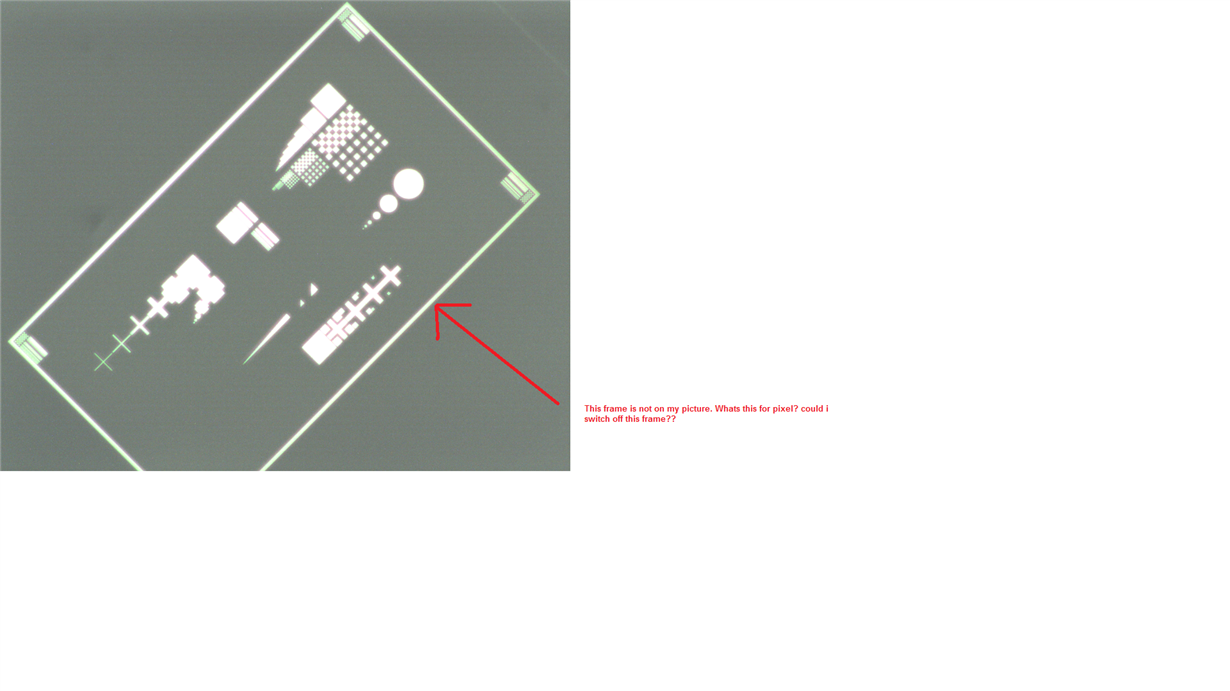Hi all
ive got an urgent question. I bought the DPL6500 evaluation module. I illuminate the DLP chip and image the chip with an objective on a plane.
My Problem now: On the imaging plane i didnt have on each pixel the same intensity (see attached picture). Can i eliminate this problem with a pattern frequency of each mirror? Can i controll each mirror with an other frequency? If yes, how can i controll it? Is it also possible to work with grayscale? If yes, how can i work with a grayscale?
At the moment i use the free software to controll the Chip. I work in the "pattern on the fly mode" (see attached picture).
I hope you can help me.
Thank you in advance
Admir


